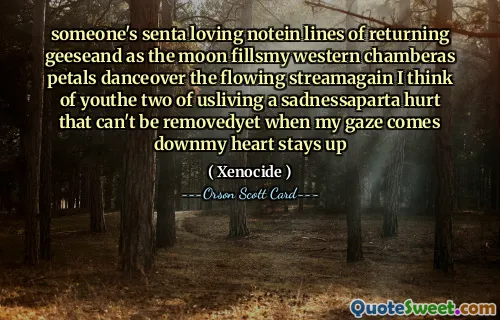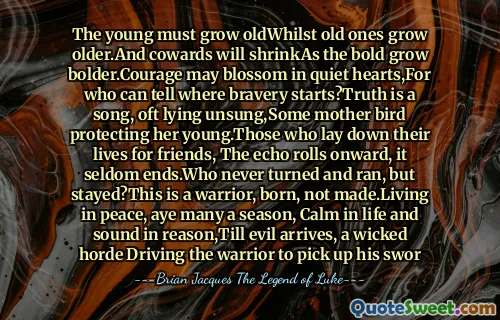Hope is the thing with feathersThat perches in the soul,And sings the tune without the words,And never stops at all,And sweetest in the gale is heard;And sore must be the stormThat could abash the little birdThat kept so many warm.I've heard it in the chilliest landAnd on the strangest sea;Yet, never, in extremity,It asked a crumb of me.
In Emily Dickinson's poem, hope is depicted as a resilient bird that lives within the soul. This bird sings a melody that resonates without words, symbolizing the enduring nature of hope that persists even in difficult times. The imagery suggests that hope becomes most beautiful during struggles, indicating that it can provide warmth and comfort during life's storms.
Despite facing challenges in the coldest places and unfamiliar territories, this hope does not demand anything in return. It signifies an intrinsic sense of hopefulness that exists independently, offering solace without expectations. Dickinson effectively captures the essence of hope as an unwavering presence that can uplift even in the direst of circumstances.



